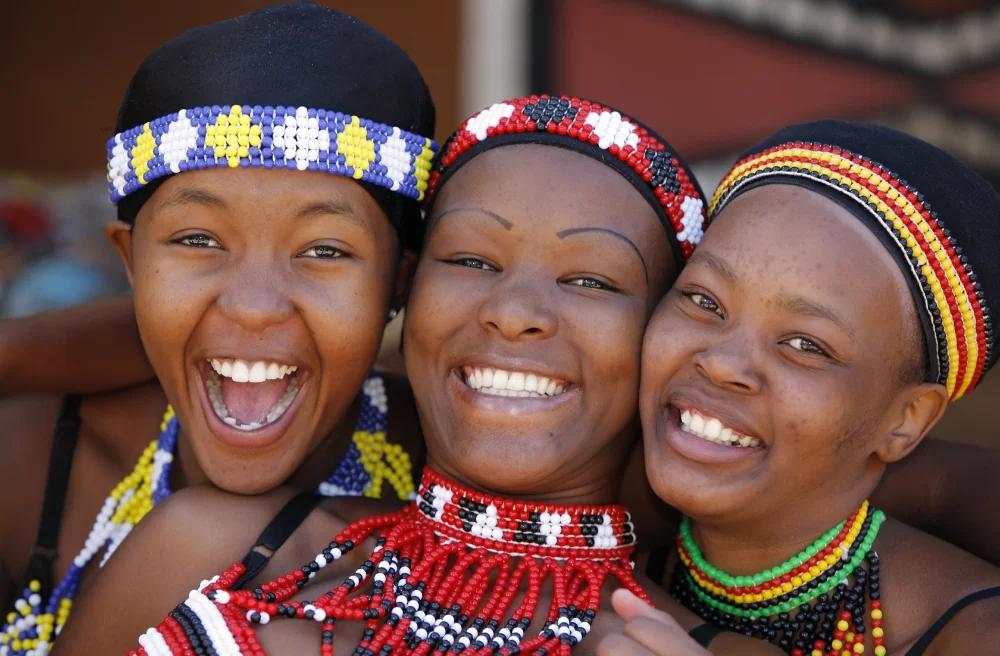The deeper story behind the Human Biltong Kiosk in South Africa

Human Biltong Kiosk
At first glance, the name Human Biltong Kiosk might trigger laughter, confusion, or even mild horror. But behind its quirky, provocative label lies a rich tapestry of South African cultural references, linguistic playfulness, and deeply rooted traditions. Here’s a closer look at how the kiosk draws from indigenous languages, history, and satire to create something far more meaningful than a photo-op curiosity.
1. “Biltong” – Not Just a Snack, but a National Symbol
Biltong is more than dried meat. For many South Africans, it’s a cultural emblem — enjoyed across ethnic and class lines, from school lunchboxes to rugby stadiums. The word comes from Dutch: bil (buttock) and tong (strip or tongue), referencing the shape of the cured meat. By naming the exhibit Human Biltong, the creators are poking fun at South Africa’s deep love for this delicacy while cleverly playing with the discomfort of reversing the role — making humans the “dried product.”
2. Township Slang Meets Creative Branding
Terms like zula, meaning “to roam” or “hustle” in South African township lingo, reflect the kiosk’s playful, streetwise spirit. It encourages spontaneity, exploration, and humor. This resonates with young locals and cosmopolitan tourists alike — those who enjoy discovering something unpredictable and rooted in real urban culture.
3. The Spirit of Ubuntu
Though not directly stated, the ethos of Ubuntu — “I am because we are” — breathes through the kiosk’s atmosphere. Visitors don’t just look; they interact. Laughter is shared. Reactions are communal. It’s a space where culture isn’t consumed in silence, but experienced together — true to the African value of connectedness.
READ ALSO
Human Biltong Kiosk: 10 fascinating reasons to visit Limpopo’s most talked-about roadside stop
Human Biltong Kiosk in Lephalale shocks tourists…here is why
4. “Mzansi” Pride and Street Realness
Mzansi, a popular term for South Africa, is woven into the kiosk’s presentation through music, language, and attire. It’s loud, proud, and intentionally unpolished — capturing the soul of a country that thrives on diversity, resilience, and rhythm. For tourists, it’s a raw glimpse into what makes South Africa authentically itself — bold, funny, and unafraid.
5. Names that Tell Stories
The mannequins at the kiosk often bear indigenous names like Nomvula (mother of rain), Thabiso (joy), or Sizwe (nation). These aren’t ornamental. In African cultures, names often carry meaning and destiny — sometimes even foretelling the bearer’s path in life. The inclusion of such names adds layers of symbolism, reflecting the richness of local heritage.
6. Satire as Social Commentary
South Africans are masters of satire, honed during the Apartheid era through protest art, music, and storytelling. The Human Biltong Kiosk follows this tradition — using humor to question power, identity, and even consumerism. It forces visitors to confront the absurd while enjoying the performance, much like traditional oral storytellers once did around village fires.
Takeaway for Tourists: Visiting the Human Biltong Kiosk isn’t just about snapping an Instagram-worthy photo. It’s a chance to laugh, reflect, and learn. It’s where language, culture, history, and humor come together — a one-of-a-kind window into South Africa’s ability to turn even the strangest idea into a profound cultural expression.


